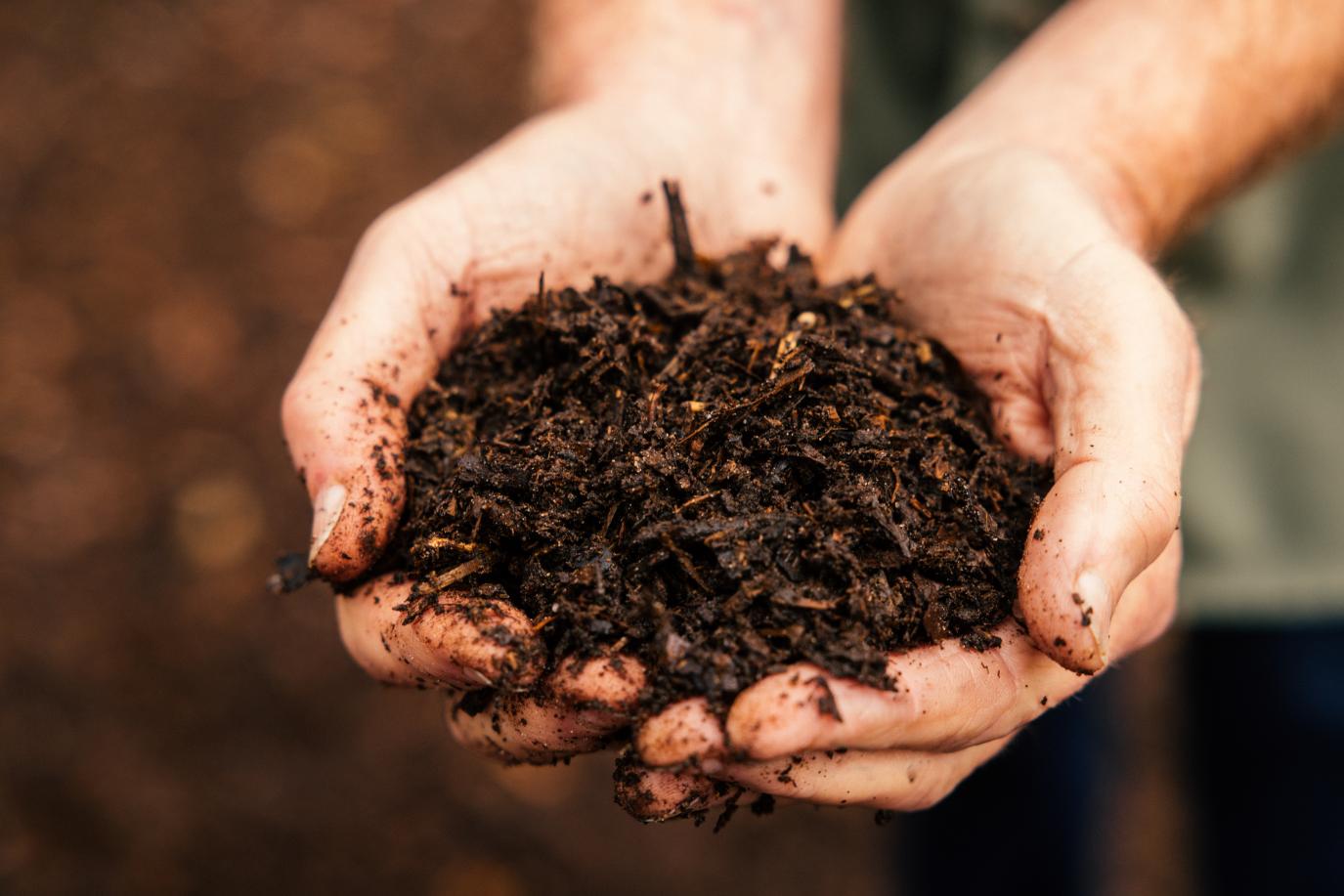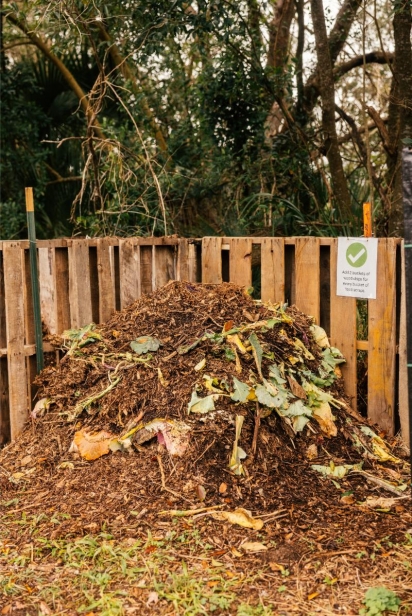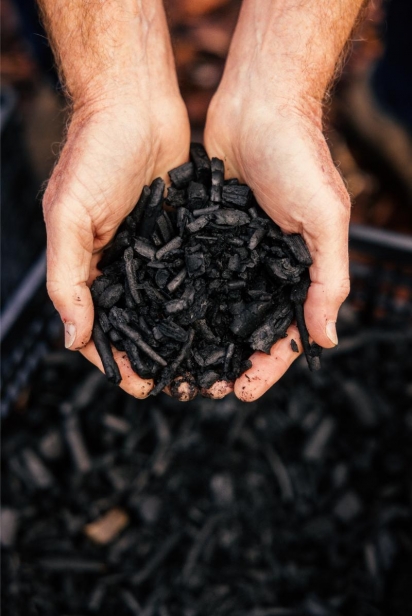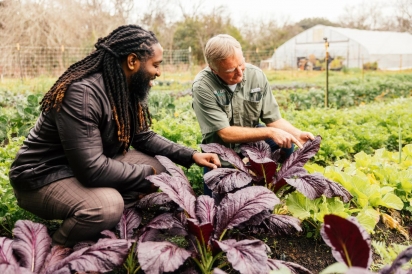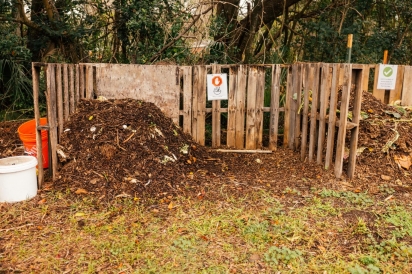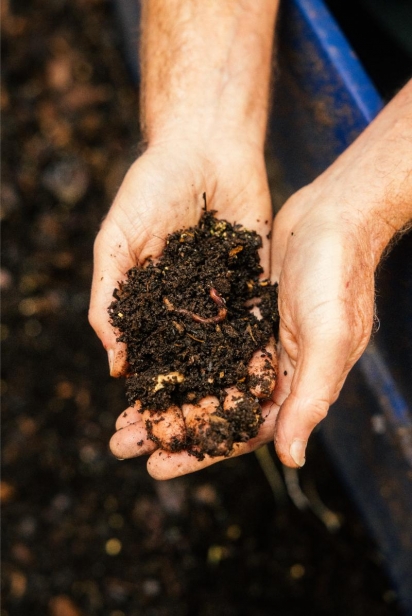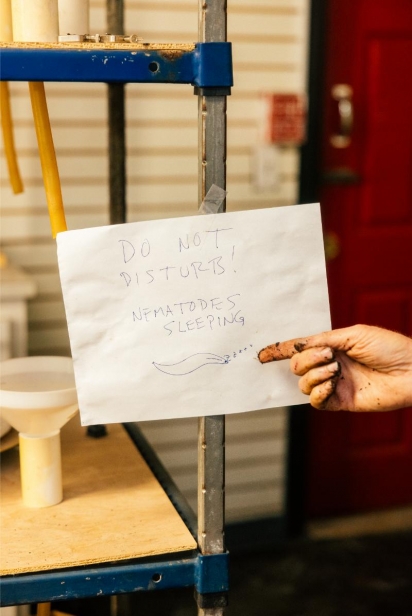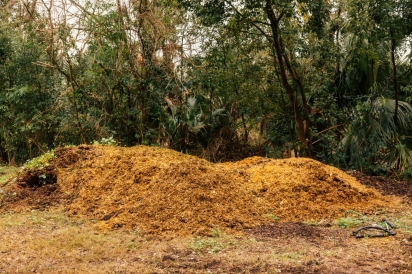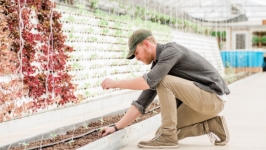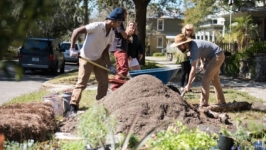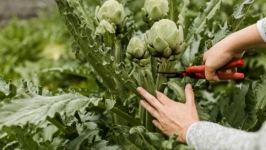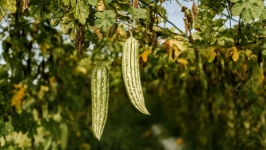Soil Health 101
How many things in our lives are hidden and somewhat mysterious, but play an important role in our existence? The plumbing behind our walls? The engine that runs our car? How corporate decisions are made? Out of sight out of mind, right? Microbes, microscopic organisms, can’t be seen by the naked eye and fall into this category of invisible things that are crucial to life on Earth.
In the soil beneath our feet, there lives a complex and diverse collection of microscopic organisms called microbes that play a significant role in how plants obtain their nutrients and contribute to the sustenance of our planet. Microbes are the difference between “dirt” and “soil” – dirt has no living microbial ecosystem, while soil does. Dirt is dead; soil is alive.
When soil has poor diversity and low populations of microbes, it can lead to unhealthy and disease-ridden vegetables; an increased need for tapping our aquifer for irrigation; erosion and runoff into our water bodies; and increased carbon dioxide in our atmosphere. Shouldn’t we pay more attention to this? And more importantly, how do we do it?
Fortunately, science and research have produced methods to improve and nurture this critical invisible underground ecosystem. Healthy soil has the right proportions of particle sizes, organic matter, minerals and microbes. Fertility is maximized when soil has ideal proportions and quantities of these elements, creating nutrient-dense vegetables free of disease, brilliantly-colored flowers, green grass and landscaping, healthy pastures for farm animals to graze on and more.
THE THREE-LEGGED STOOL
Soil’s properties are analogous to a three-legged stool – if all legs are in working order, the stool sits firmly on the ground, but if one of the legs is weak or broken, the stool topples. The three legs in soil are the physical, mineral and microbial properties.
The first stool leg, soil’s physical properties, involves the composition and size of the particles. Clay has the very smallest particles, followed by silt and then sand. The ideal is a balance of all three, but soils vary significantly around the world. As a system, soil should be well-drained to allow movement of water and air through it and not be compacted or water-logged. There are various ways to compensate if you don’t have a balance of these particle sizes unless you have extreme cases like 100% clay, or gumbo.
The second leg is the mineral aspect of soil, which pertains to the elements that all living creatures need for sustenance, including calcium, magnesium, potassium, phosphorus, sulfur and nitrogen, along with trace elements like boron, zinc, copper, manganese and iron. Soil laboratories can examine soil makeup and determine deficiencies that need to be corrected with amendments. Additionally, organic matter is basically anything living or dead that has broken down within the soil profile. This is what gives soil its dark color in the few inches below the ground surface. Sources can be leaf matter broken down by earthworms, dead microbes, roots from dead plants and more. Organic matter provides a food bank for plants and microbes, and helps retain water and nutrients to sustain plants under stress. Ideal organic matter in soil should be a minimum of 3%; most Florida soils are 1.5% or less.
The third leg of the stool is the microbial aspect, primarily bacteria, fungi, protozoa and nematodes. Soil microbes were present on earth many millennia before plants, and plants evolved synergistically with the microbes. There are both beneficial and pathogenic microbes, but if soil is well-drained and aerobic, beneficial microbes generally dominate the soils while the pathogenic microbes go into a dormant state. However, if conditions create an anaerobic condition (e.g., waterlogged or compacted soils), then the pathogenic microbes wake up and the beneficial ones go dormant.
Bacteria and fungi contain acids and enzymes to dissolve soil and organic matter, and when they’re eaten by protozoa and nematodes, these nutrients are released as available soluble nutrients to plants. Plants in turn pump compounds into the soil to feed the microbes. Since these compounds include carbon, this is one way plants can help sequester carbon out of the atmosphere.
What are ideal microbe populations in good soil? While there are various technologies that address this in the scientific community, Dr. Elaine Ingham, one of the foremost soil biologists in the world, pioneered the use of a microscope to view, identify and quantify microbes in soil. Through her methods, soil biology can be assessed using the microscope and a prescription recommended on how to improve the soil’s biological populations. The research conducted by Dr. Ingham and others has defined optimum populations and diversity of microbes for various crop types.
These methods are employed in Northeast Florida at Eartha’s Farm and Market on Moncrief Road. A restored brownfields site with very poor imported soil for remediation, it was the subject of a study through a United States Department of Agriculture (USDA) Natural Resources Conservation Service (NRCS) Conservation Innovation Grant from 2018 to 2021. The study incorporated Dr. Ingham’s research to bring dead soil to life by amending biologically rich compost over a period of years and the changes have been astounding. Little to no fertilizer is used and steps are taken to avoid disturbance of the underground microbial ecosystem, while regular maintenance applications of biologically rich compost are applied. The excellent soil health now supports the immune system of the plants, eliminating the need for pesticides and fungicides. In today’s world of heightened awareness of what chemicals are going into our bodies, this farm’s methods strive to mimic how plants grow in nature with little to no synthetic inputs.
While this research was done on a larger scale than most home gardens, these methods can also be applied to any plot size. Getting educated is a great initial step. Visit Eartha’s Farm for a firsthand view of the successful transformation of soil and check out the courses it offers. When it comes to what we eat, it’s important to pay attention to the little things – all the way down to the organisms in our soil.


